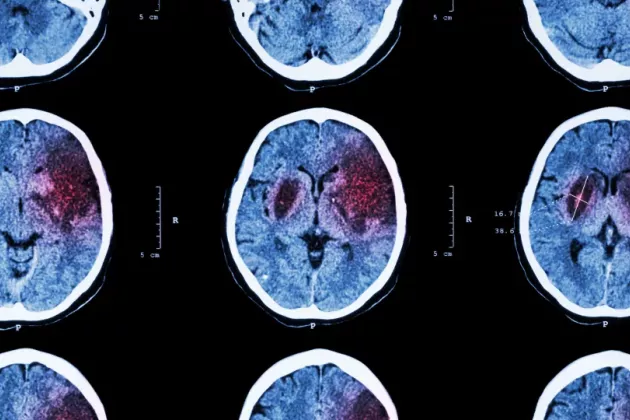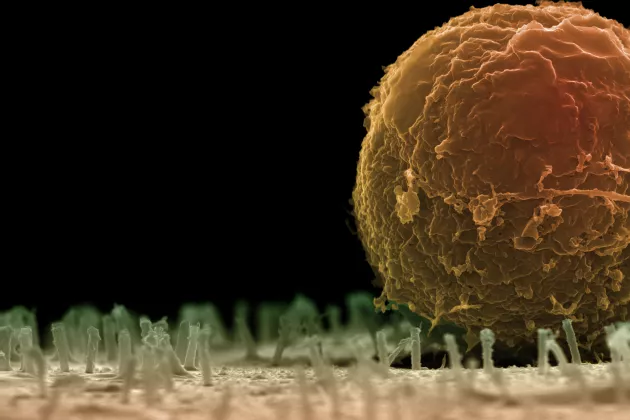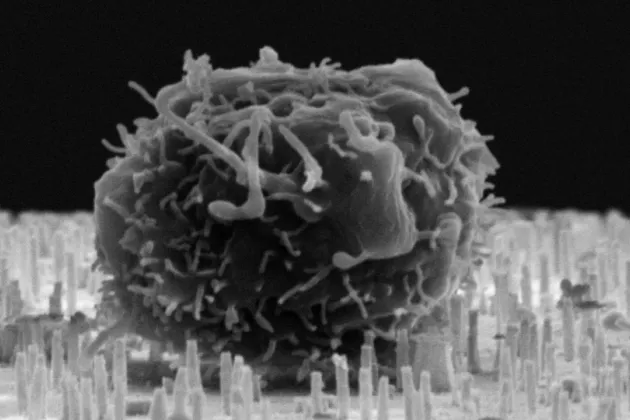Nanoscience

With nanotechnology, our researchers can create very small structures. The technology enables the development of materials that hold promise for future advances in fields such as information technology, sustainability and precision medicine.
When a material becomes very small, it can acquire entirely new properties. On the nanoscale, a substance can behave in a radically different way than when it is larger.
Leading research environment in Sweden
By studying materials at the nano level, our researchers can study exactly how a material is made and even change its composition in order to give it entirely new properties right down to the atomic level.
At NanoLund, Sweden's largest nanoscience and nanotechnology research environment, our researchers focus on six key areas:
- photons – the interaction between light and matter at the nanoscale
- semiconductor technology – development and understanding of new materials, components and concepts to enable smarter electronics and optoelectronics
- quantum physics – new discoveries in quantum physics and advanced design of future devices
- life science and nano – development of nanoscale tools for biomedical applications
- materials science and manufacturing – characterisation of material properties for smarter use
- nanosafety – better understanding of emissions, exposure and toxicity.
The aim of the research is to facilitate safe design of new innovations and products, ensuring their safety for both for humans and the environment.
Nanotechnology is a very broad research field, encompassing physics, electronics, chemistry, biology and medicine.
Areas of application
One aim for the researchers’ is to find out how new materials can make completely new applications possible and how they can be used to improve existing products. The research results are used to drive innovation and meet challenges in industry and society within, for example, the following areas:
New energy-efficient electronic components, known as semiconductor components.
New, more efficient ways of collecting and using energy.
New methods for quick and straightforward diagnosis of illnesses around the world.
Nanosafety is about understanding how small particles affect our environment and health – and it helps us to do things in a sustainable way, correctly from the outset and incorporate a safety mindset early in the research process.
Research environments
The following links might lead to external websites.
Strategic research area
NanoLund is Lund University’s centre for nanoscience and a strategic research area (SRA) in Sweden.
Today, more than 400 people are involved in Sweden’s largest research environment in nanoscience and nanotechnology, spanning across the faculties of engineering, science and medicine.
General questions
info [at] nano [dot] lu [dot] se
Director
Anders Mikkelsen
+ 46 46-222 96 27
anders [dot] mikkelsen [at] sljus [dot] lu [dot] se (anders[dot]mikkelsen[at]sljus[dot]lu[dot]se)
External relations
Anna-Karin Alm
+46 46-222 16 53
anna-karin [dot] alm [at] ftf [dot] lth [dot] se (anna-karin[dot]alm[at]ftf[dot]lth[dot]se)
Website
Research database
Related researchers, projects and publications.
Latest news in nanoscience

New study: Lost brain function restored after stroke

Kind methods mean happy cells
